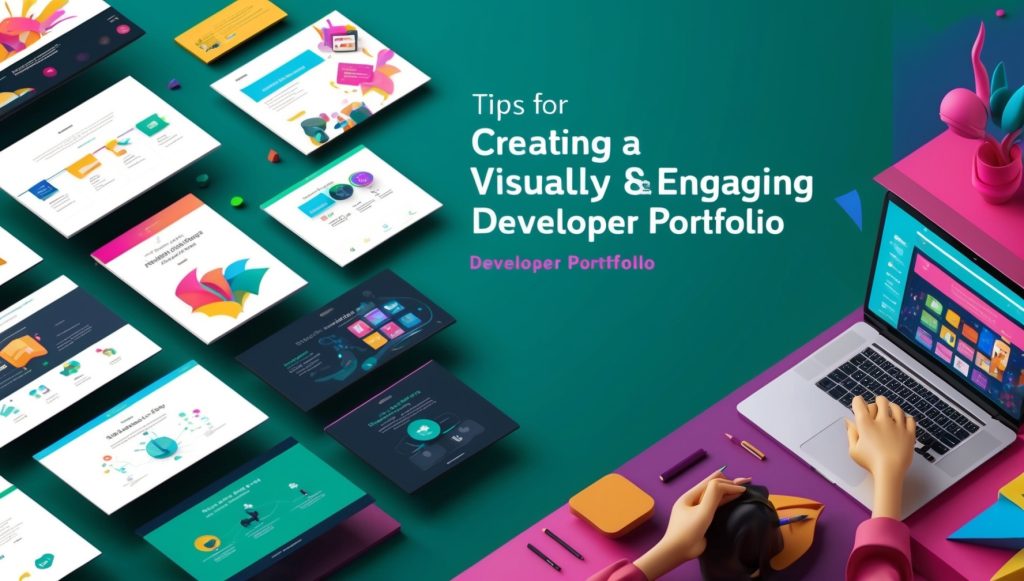As a front-end developer, building an effective portfolio is critical in demonstrating your abilities and experience to potential employers. Your portfolio should serve as a reflection of both your expertise and creativity in web development. In this blog post, we’ll outline various strategies and tips to help you craft an impressive portfolio that stands out from the competition.

Display Your Finest Work
As you develop your portfolio, your best work must be featured prominently. Focus on projects that demonstrate your skills in front-end development such as responsive design, user experience, and interactivity; plus projects that demonstrate your experience working with frameworks or libraries like Bootstrap, jQuery, or React.
Make sure that each project in your portfolio is thoroughly documented, outlining its development, your role, technologies used, and live links so potential employers can experience your work first-hand.
Implement Multiple Projects at Once
Include projects of various complexity, design style, and functionality to demonstrate your versatility as a front-end developer. Doing this will show potential employers you can adapt to changing demands while meeting different challenges head-on.
Include projects demonstrating your capabilities in different aspects of front-end development, such as e-commerce websites, portfolio websites, and web applications – this will give employers a holistic picture of your abilities and expertise.

Implement Responsive Design Solutions
Responsive design is an indispensable skill for front-end developers, as websites must be accessible and functional on various devices and screen sizes. Make sure that your portfolio itself is responsive so it works smoothly on desktops, tablets, and smartphones alike.
Display projects in your portfolio that demonstrate your ability to design responsive websites that accommodate varying screen sizes, using media queries, flexbox layouts, or CSS grid techniques for seamless user experiences across devices.
Highlight Your Coding Skills
Front-end developers must demonstrate proficiency with HTML, CSS, and JavaScript programming languages. Demonstrate this competency in your portfolio by including code samples from projects in which you participated; especially any custom animations, interactive elements, or advanced CSS techniques you implemented.
Create a portfolio section where you showcase your coding abilities through mini-projects or challenges, so potential employers can evaluate both your coding ability and problem-solving skills in action. This will give potential employers a glimpse of your real abilities and capabilities.

Solicit and Iterate Based on Feedback
Once your portfolio is in place, seek feedback from peers, mentors, or industry professionals on ways to improve its design, content, or overall presentation. Incorporate constructive criticism to make your portfolio even stronger and iterate upon it over time.
Remind yourself that your portfolio is an evolving document that should adapt as your experience and skills change. Regularly add new projects, technologies, or achievements to keep them relevant to potential employers.







